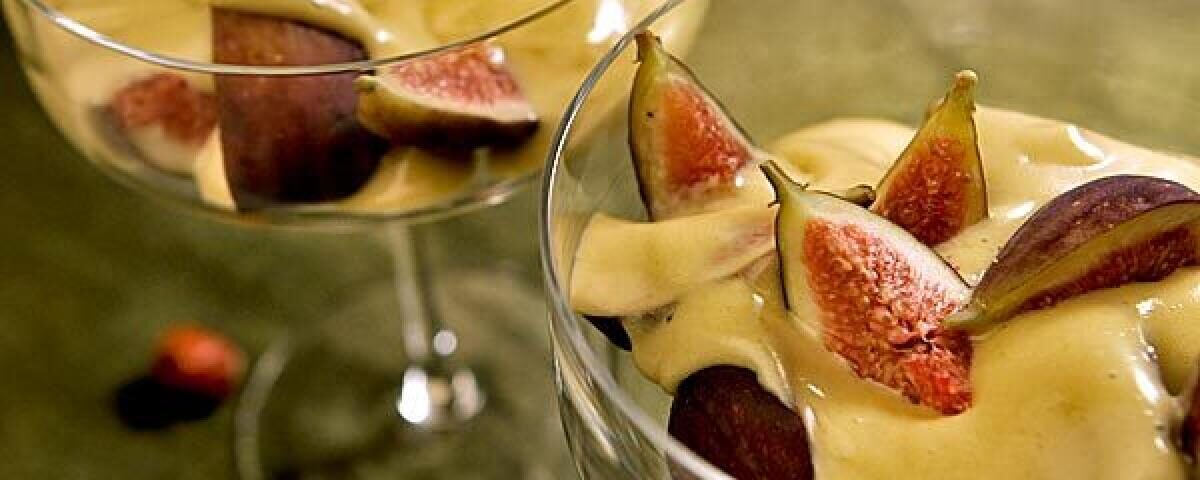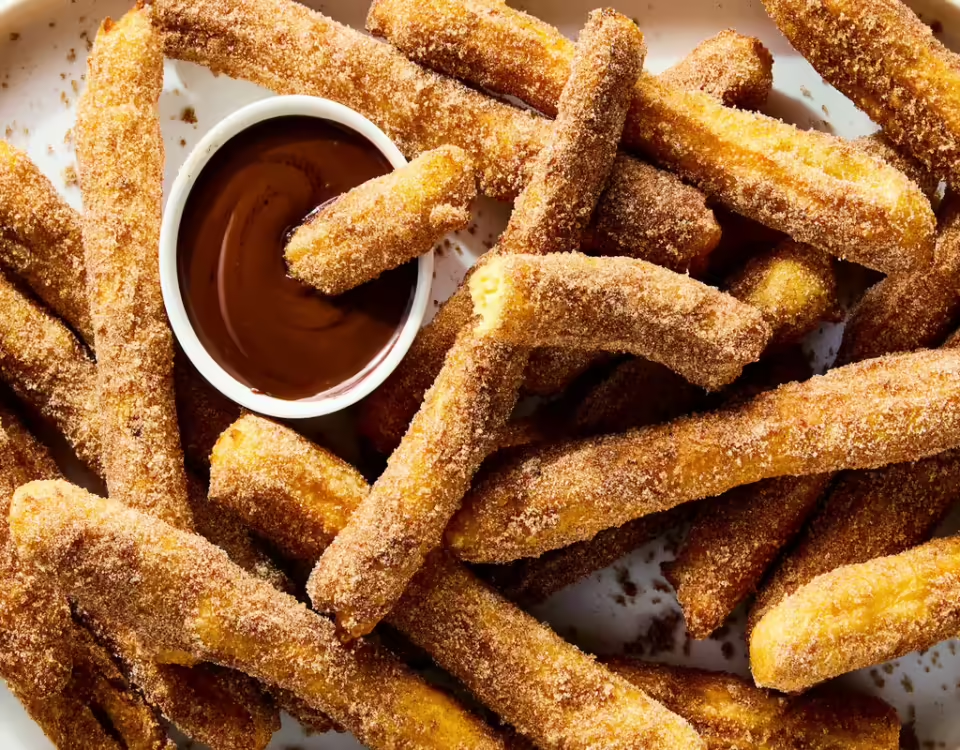Zabaglione: A Classic Italian Dessert
Zabaglione, also known as Zabaione or Sabayon in French, is a classic Italian dessert that has delighted palates for centuries. This light and airy dessert is made from just three simple ingredients: egg yolks, sugar, and a sweet wine, traditionally Marsala. Known for its rich, custard-like texture and delicate flavor, Zabaglione is often served warm, but it can also be enjoyed chilled or frozen. In this article, we’ll explore the history of Zabaglione, discuss essential ingredients, provide a step-by-step recipe, and share tips to ensure your Zabaglione is as delicious and authentic as possible.
The History of Zabaglione
Zabaglione’s origins are somewhat mysterious, with several legends and stories surrounding its creation. One popular story attributes the dessert to the 16th-century Italian chef Bartolomeo Scappi, who served it to Pope Pius V. Another tale suggests that it was invented by the chef of the Duke of Savoy in the 17th century. Despite its unclear origins, Zabaglione has remained a beloved dessert throughout Italy and beyond, cherished for its simplicity and luxurious flavor.
Traditionally, Zabaglione was served as a warm drink, often enjoyed in the morning as a way to start the day. Over time, it evolved into a dessert, typically served with fresh fruit, biscotti, or on its own in elegant glassware.
Essential Ingredients for Zabaglione
To make an authentic Zabaglione, you will need the following ingredients:
- 4 large egg yolks
- 1/4 cup granulated sugar
- 1/2 cup sweet Marsala wine (or another sweet wine like Moscato, Vin Santo, or even a dry white wine for a less sweet version)
- Fresh fruit, such as berries or figs, for serving (optional)
- Biscotti or ladyfingers, for serving (optional)
Step-by-Step Recipe for Zabaglione
Step 1: Prepare the Ingredients
- Separate the Eggs: Carefully separate the egg yolks from the whites. Place the yolks in a heatproof bowl or the top of a double boiler. Set the whites aside for another use (such as making meringue).
- Measure the Sugar and Wine: Measure out the sugar and Marsala wine, and have them ready near your workspace.
Step 2: Whisk the Zabaglione
- Set Up the Double Boiler: Fill a saucepan with a few inches of water and bring it to a simmer over medium heat. Place the heatproof bowl with the egg yolks over the simmering water, ensuring the bottom of the bowl does not touch the water.
- Whisk the Egg Yolks and Sugar: Add the sugar to the egg yolks and whisk vigorously until the mixture becomes pale and thick, about 3-4 minutes. The whisking incorporates air into the yolks, which helps create the light, airy texture of the Zabaglione.
- Add the Wine: Slowly add the Marsala wine to the egg yolk mixture, continuing to whisk constantly. The mixture will start to thicken and become frothy as the wine is incorporated.
Step 3: Cook the Zabaglione
- Continue Whisking: Whisk the mixture continuously over the simmering water for about 10-15 minutes, or until it has doubled in volume, thickened, and reached a custard-like consistency. The Zabaglione should be thick enough to coat the back of a spoon.
- Check the Temperature: The Zabaglione is done when it reaches about 160°F (71°C) on an instant-read thermometer. This ensures that the egg yolks are fully cooked.
Step 4: Serve the Zabaglione
- Serve Warm: Zabaglione is traditionally served warm, spooned into individual glasses or bowls. You can serve it as is or with fresh fruit such as berries, figs, or peaches. A few biscotti or ladyfingers on the side make for a delightful accompaniment.
- Chill or Freeze (Optional): If you prefer a cold Zabaglione, allow it to cool to room temperature, then chill in the refrigerator for a few hours before serving. You can also freeze Zabaglione for a semifreddo-like dessert.
Tips for Making the Perfect Zabaglione
- Use Fresh Ingredients: The simplicity of Zabaglione means that the quality of the ingredients is crucial. Use fresh, high-quality eggs and a good sweet wine for the best results.
- Whisk Continuously: Whisking the mixture constantly is key to achieving the light, airy texture that makes Zabaglione so delightful. A hand-held electric mixer can be used if you prefer, but traditionalists often stick to a whisk for better control.
- Control the Heat: Ensure that the water in your double boiler is just simmering, not boiling. Too much heat can cause the eggs to scramble instead of creating a smooth custard.
- Adjust Sweetness: If you prefer a less sweet dessert, you can reduce the amount of sugar or use a dry white wine instead of Marsala.
Variations of Zabaglione
Lemon Zabaglione
For a citrusy twist, add the zest and juice of one lemon to the egg yolk mixture before cooking. This version pairs wonderfully with fresh berries.
Chocolate Zabaglione
Add 2 tablespoons of cocoa powder to the sugar and egg yolk mixture before cooking for a rich chocolate flavor. Serve with sliced strawberries or raspberries.
Espresso Zabaglione
Replace the Marsala wine with strong brewed espresso for a coffee-flavored Zabaglione. This version is excellent served over vanilla ice cream or with a side of biscotti.
Wine Substitutes
While Marsala is the traditional choice, you can experiment with other sweet or dry wines like Moscato, Vin Santo, or even Prosecco for a sparkling twist.
Nutritional Information
Zabaglione is a rich dessert, so it’s best enjoyed in moderation. Here’s an approximate nutritional breakdown per serving (based on a 4-serving recipe):
- Calories: 220
- Protein: 3g
- Fat: 10g
- Carbohydrates: 20g
- Sugar: 19g
- Sodium: 30mg
Conclusion
Zabaglione is a classic Italian dessert that embodies the simplicity and elegance of Italian cuisine. Its light, airy texture and rich flavor make it a perfect end to any meal. By following this step-by-step recipe and using fresh, high-quality ingredients, you can create an authentic Zabaglione that will impress your guests and satisfy your sweet tooth.
Whether you stick to the traditional recipe or experiment with variations, the key to a great Zabaglione lies in the technique and the balance of flavors. Enjoy making and savoring this timeless Italian dessert, and don’t forget to explore more international recipes and cooking tips on our website. Buon appetito!




